The Importance of CNC Machining for the Medical Industry
Leave a CommentWhen it comes to medical device manufacturing, the utmost precision and accuracy must be upheld to ensure patient safety and eliminate the risk for errors. Because of this, manufacturers must employ machining processes that can accommodate tight tolerances and meet stringent specifications. Of all the machining processes available, CNC machining is one of the best options to meet these requirements.
Benefits of CNC Machining in the Medical Industry
CNC machining is capable of producing large amounts of medical products quickly and cost-effectively. Other benefits of CNC machining for the medical industry include:
Fast-Paced
Swift manufacturing is elemental when dealing with medical products. Depending on the complexity, CNC machining can create a finished product in a matter of hours. Therefore, in case of a medical emergency, CNC machining can deliver various quantities of quality parts in a short period of time.
No Volume Restrictions
Once you make a CAD file, you can quickly generate a coding program from the file. At the push of a button, you can then use this coding program to produce one or multiple medical parts with the highest accuracy levels. No minimum order is necessary for CNC machining, making it perfect for one-off or single-use custom medical components.
Doesn’t Require Fixed Tooling
CNC machining is a minimal investment compared to other modes of production that would typically require the time-consuming creation of expensive tooling. CNC machining allows for the fast and accurate production of medical components without the need for specialized tooling, saving you on both production time and tooling costs.
Portability/Flexibility
Digital manufacturing and machining allow experts to quickly and easily transfer digital CAD files from one place to another. Additionally, some CNC machines can easily fit on desktops for easy transport. While portable CNC machines might be limited in capacity, they can conveniently be used to manufacture simple medical components.
Tight Tolerances
Medical devices require very tight tolerances, which is easy to achieve with CNC machining. This process can create medical components that require minimal post-processing, saving on time and money while also ensuring very little risk of error.
Medical CNC Machining Applications
Below are the common applications of CNC machining in the medical industry:
- Medical implants (including hip, spine, and knee implants)
- Machined surgical instruments (including surgical scissors, blade handles, spacers, biopsy tubes, implant holders, and forceps, among others)
- Machined parts for electronic medical components such as X-ray machines, MRI scanners, and heart rate monitors
- CNC Swiss machining for incredibly intricate and precise machining parts
Medical CNC Machining Capabilities at EMC Precision
CNC machining plays a major role in the medical industry. It is one of the most reliable manufacturing methods, offering a cost-effective way to produce precision medical components with fast turnaround times, flexibility, and the utmost accuracy. At EMC Precision, our CNC machining capabilities include an advanced lineup of Swiss, multi-spindle, multi-axis, vertical, and horizontal machining centers. We can work with a range of metals, plastics, and high-performance alloys to deliver precise medical parts to meet a variety of needs.
As an ISO 9001:2015 and IATF 16949-certified facility, we have what it takes to provide safe and high-quality products. For more information about our medical CNC machining capabilities, contact us today.











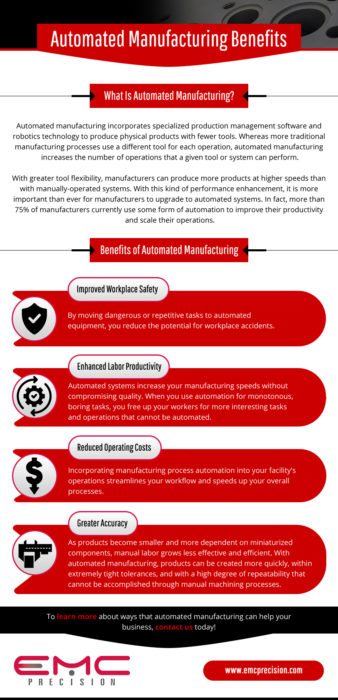

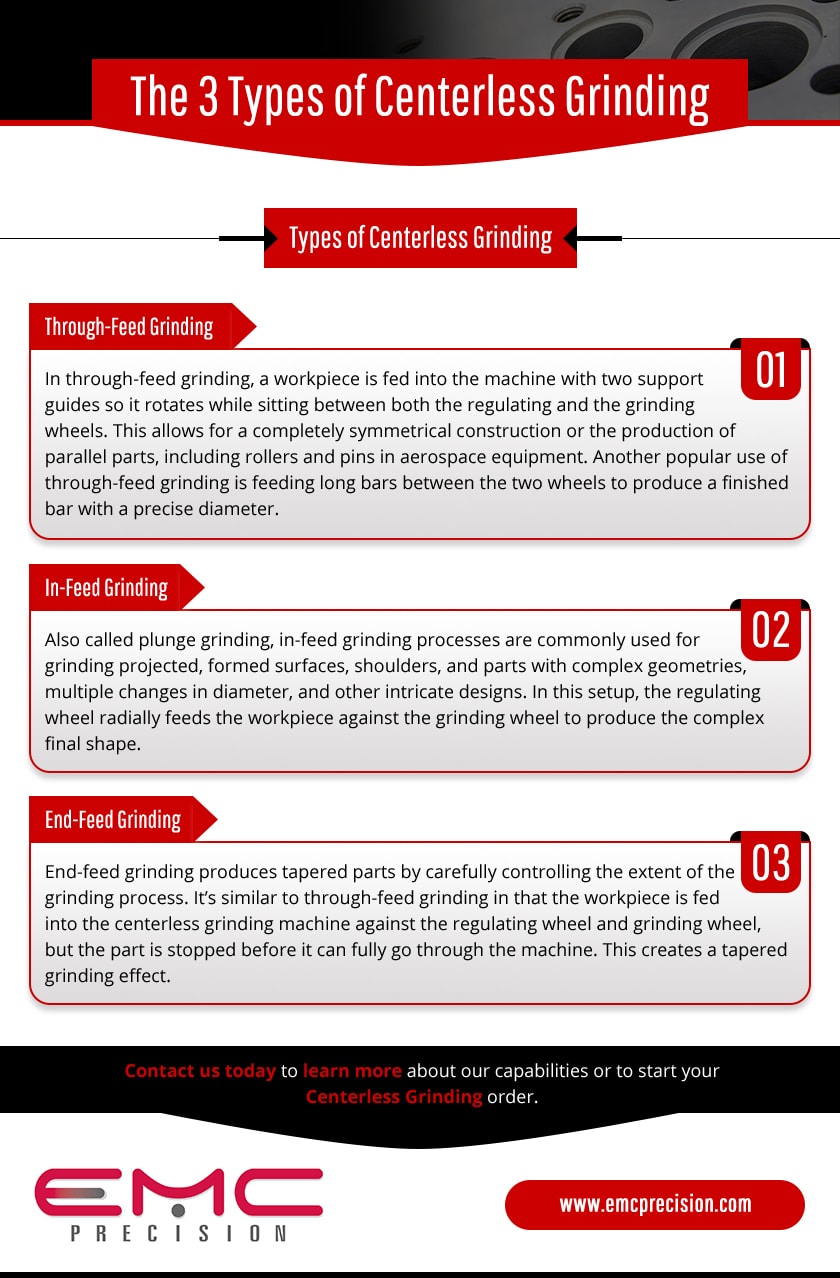
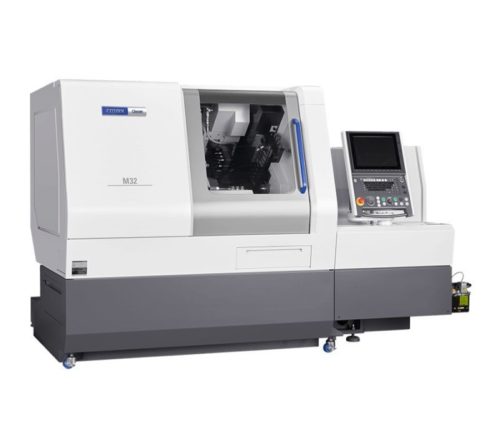
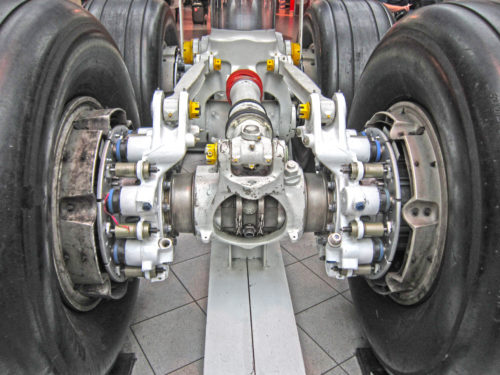
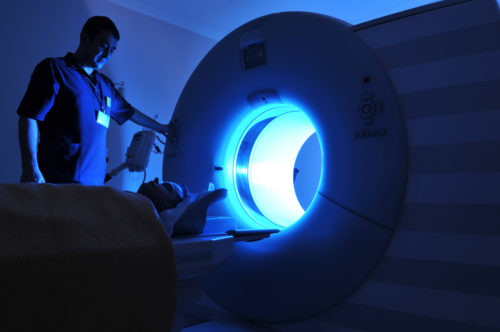
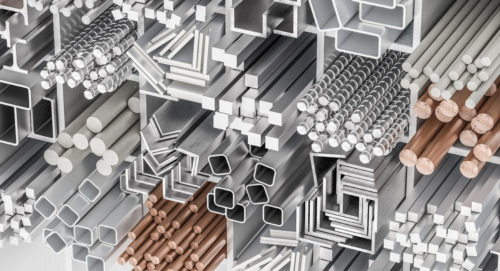
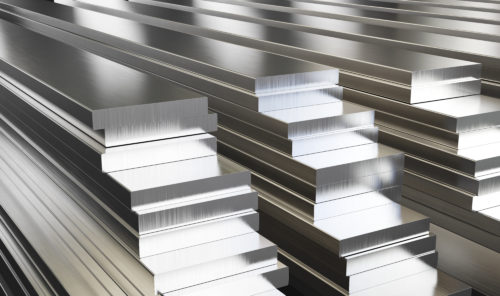
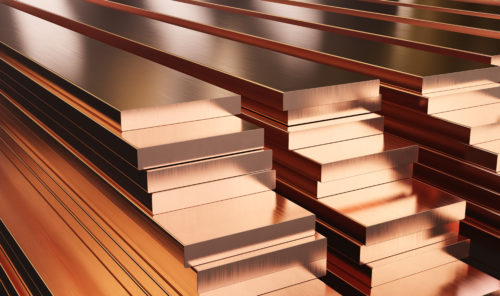

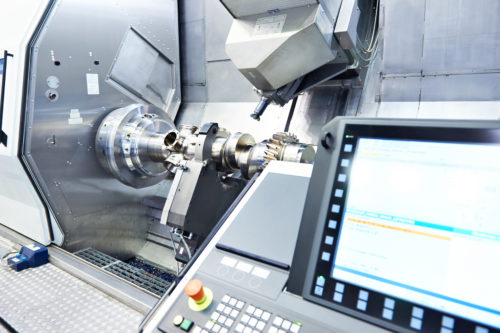
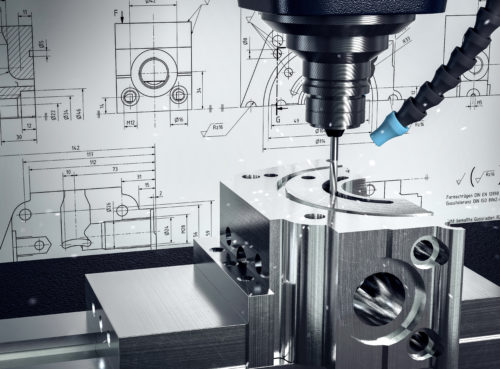 CNC Swiss Machining Services with EMC Precision
CNC Swiss Machining Services with EMC Precision